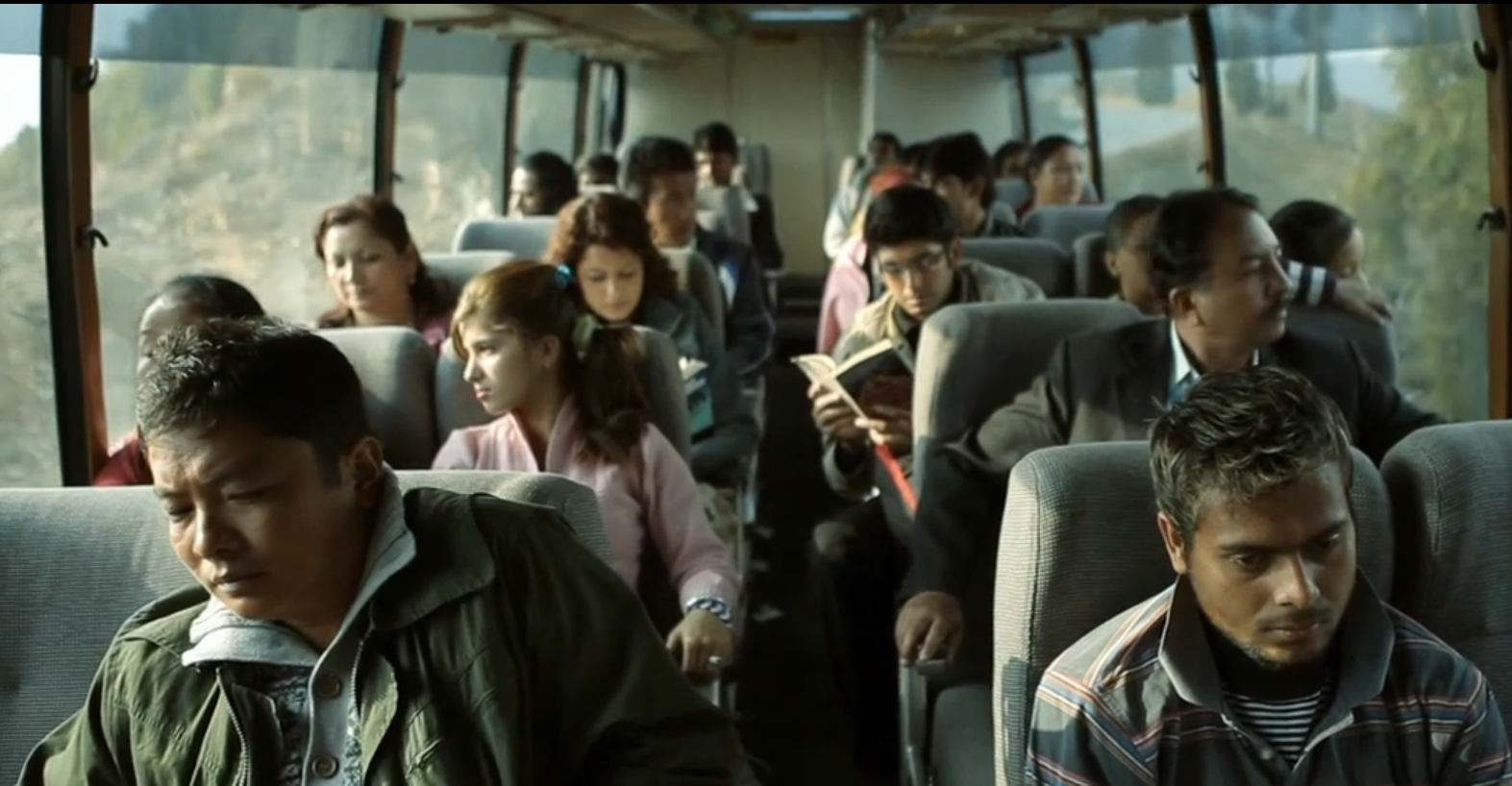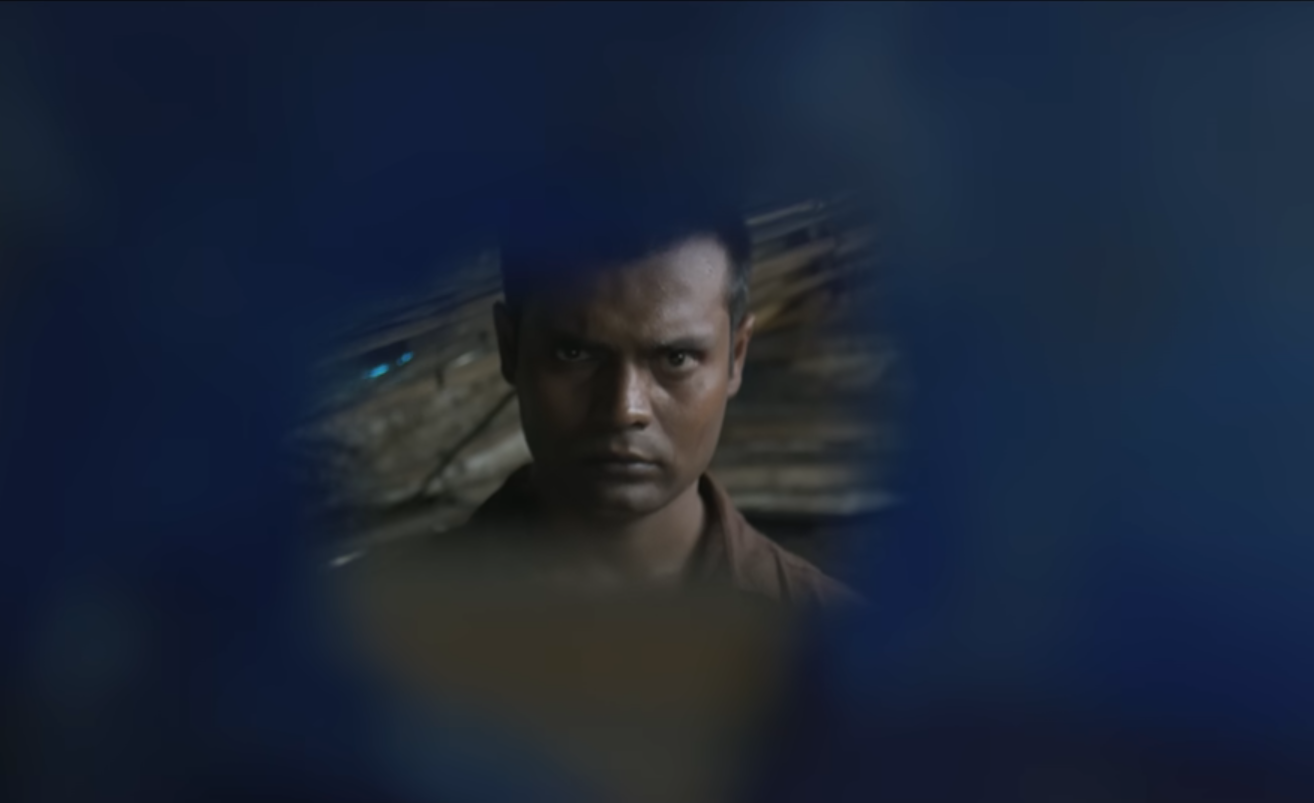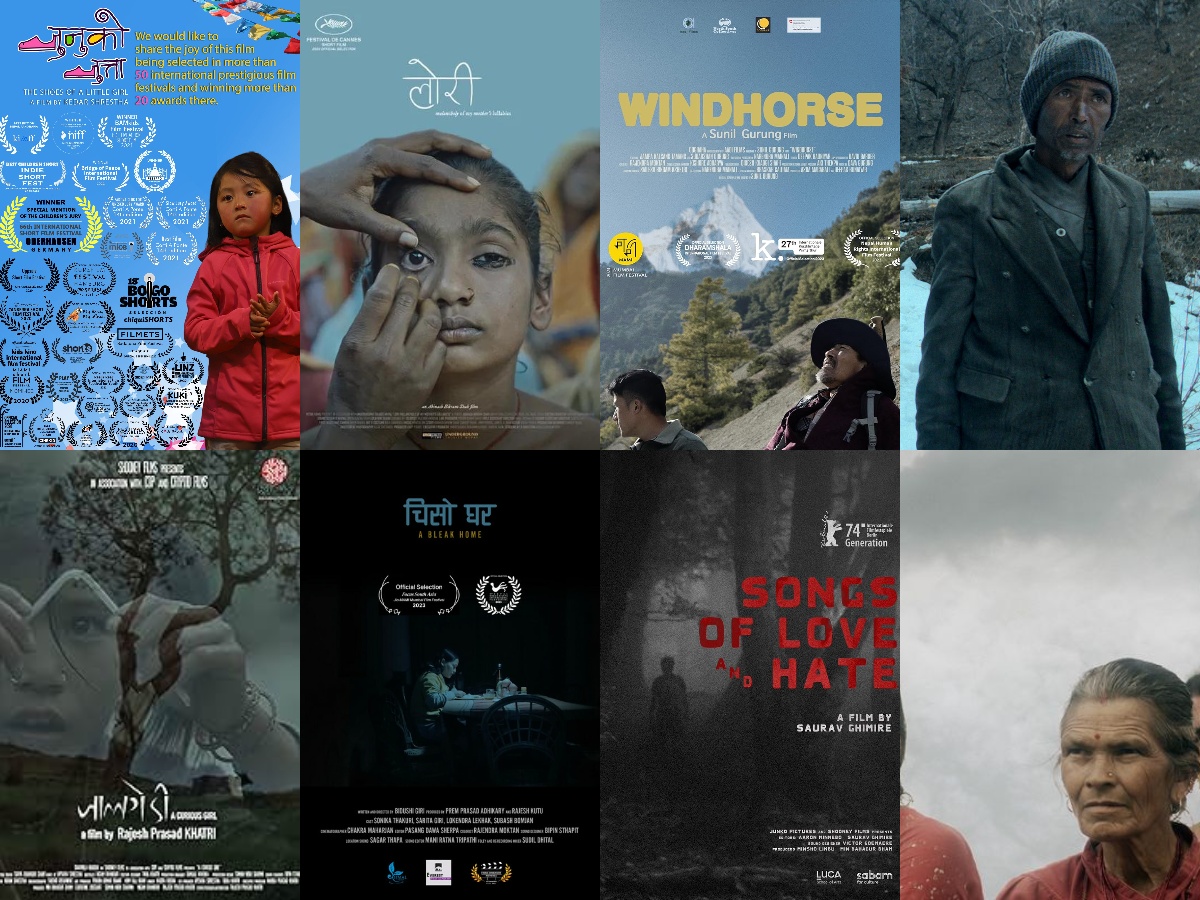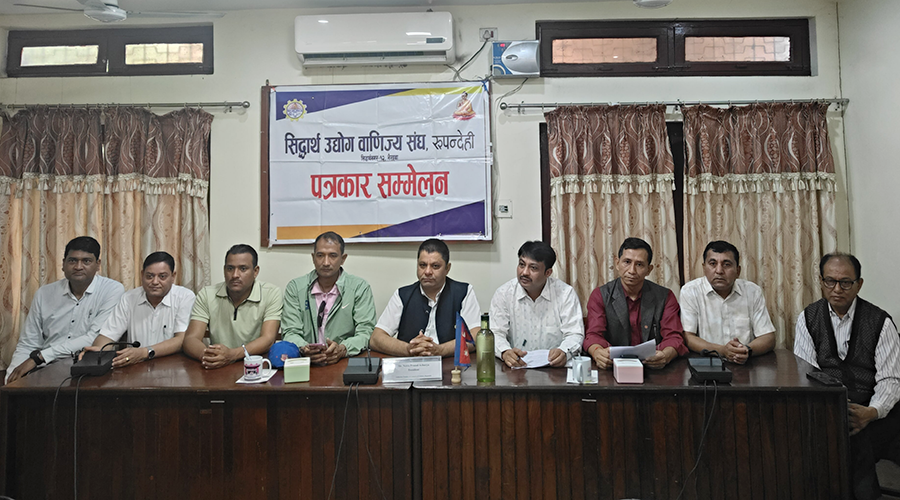
You need not say ‘Nai’ (No) if someone requests you to go watch the latest Kollywood release, Nai Nabhannu La 5. But make sure that the person asking is not your childhood sweetheart.
The movie is interesting, but it further mystifies an already complex idea of love, including its benefits and costs. Despite having strengths in its intriguing plot and emotional presentation, the movie, as it reaches its end, fails to appeal to the audience, arguably because of its own attempt to complicate the simple yet beautiful story.
The deconstruction of central message
The plot is simple. Clever and beautiful teenage girl Anjana (played by debutante Sedrina Sharma)’s infatuation with a pleasingly handsome Neer (played by Anubhav Regmi and Abhishek Nepal for different ages) ends in cruel tragedy of her death. The girl’s twin sister Ranjana (Swastima Khadka) knows about Neer from the deceased sister’s diary and wants to make him her man. Neer, however, is not interested and keeps ignoring her. She continues her desperate efforts to woo him.
The audience expects the movie to end here. All mysteries knitted in the first half are skillfully unraveled in the second. The central question that the movie poses—why is Neer not pleased by the lady who does everything to win his heart—is answered by a complicated revelation in the second half.
But, the movie does not end here. The writers and directors make Ranjana and Neer fall in love, and it is something that people who believe in ‘true love’ (if there exists anything like this) cannot stand. Neer, who had been refusing to accept Ranjana in his life despite her honest and dishonest attempts, suddenly changing his mind at the end is beyond logic. The story deserves a tragic end, but it turns out to be a romantic comedy. The final five minutes deconstruct the entire message the movie creates in two hours.
This is the point where you may feel that it is okay to forget your childhood sweetheart and move on with any stubborn person you meet. You may fail to notice that the movie’s motive is exactly the opposite. Neither is this message pleasing to any kind of audience. Lovebirds feel their emotions crushed here.
Plot
Almost all scenes are significant in the plot movement. There are no subplots inserted just to lengthen the movie. Neither are there too many characters, who would give nothing to the movie itself, but just confuse the audience. The movie is unified and compact in its action.
The compactness is perfect in respect of time and place as well. Past and present are juxtaposed beautifully; and this juxtaposition is decisive in developing suspense in the audience. The unfolding of connection between the families of Neer and Anjana just before the intermission further adds to the curiosity.
Yet there are some minor flaws in the plot. The first half is apparently misinforming as most members of the audience believe Ranjana is Anjana herself—the lady frequently claims she is in Neer’s heart though Neer does not confess it and no one calls her with her name. Punning names are used and that they are twins is concealed throughout the first half—just to deceive the audience. Likewise, no information is provided about who Neer’s dad is and why his mom is alone, waiting to get married for the second time.
Neer’s role in stopping the divorce of Anjana’s parents is too mature for his age. So is Anjana’s obsession with the habit of diary writing since her early childhood.
It is okay that both the lead characters belong to the high class, but the film does not include anything about poor people of Nepali society. Likewise, men’s role is very nominal here: either they are clowns (Pandit and his mate) or unsympathetic professionals (doctor). The role of Anjana’s dad is limited by the story itself. These minor issues make the entire story more artificial than realistic.
Emotions, but not logic, rule the movement from beginning to end.
Acting
Regmi is as sweet as always and newbie Sharma perfectly suits him. Nepal competently meets the demand for a shy, unhappy character. Khadka has acted as stubborn late teen; and she does it quite well.
Established artistes Keki Adhikari, Priyanka Karki, Dilip Rayamajhi and Niruta Singh perform well as family members of the hero and the heroine. Buddhi Tamang and Jaya Nanda Lama jointly make audience laugh though their roles contribute nothing to the plot.
Cinematic technicalities
Cinematography in overall is commendable. However, wide shots have been used on more than necessary occasions. The repetition of similar shots to show the single location feels monotonous to some audience. For example, the second song of the movie, Timro Aankhama Aankha Judhai, is marred by too many repeated shots. In comparison, the first song, Pheri Kaha Paainchha Ra Ghumera, is nicer. The choreography is excellent. But, its lyrics are too philosophical for the age of children the music is made for.
Almost 90 per cent of the movie is set in Ilam. Doubtlessly, the beautiful green garden pleases the audience’s eyes in the beginning. But, by the end, it turns to be too much of a good thing.
The inclusion of posters of the movie’s prequels in some scenes is a helpful reminder that it is a sequel. Likewise, the characters talk of ‘phuchche’ and songs of Nai Nabhannu La (the prequel). For new audience, however, the allusion is a bit unnecessary.
There isn’t a single ‘fight scene’ in the movie. It can be both a strength and a weakness for the movie.
Verdict
The movie is of average standard. It aims at appealing to people’s emotions and making them feel feeble in front of the undeniable fate. It has some food for thought too, but the central message contradicts itself.
Go watch the movie and revitalise the soft dimensions of your heart. Don’t try to overthink about philosophies, lest you get confused.
Run time: 130 minutes
Genre: Love story
Director: Bikash Raj Acharya
Cast: Anubhav Regmi, Sedrina Sharma, Abhishek Nepal, Swastima Khadka, Priyanka Karki, Keki Adhikari, Dilip Rayamajhi
3.5/5

























